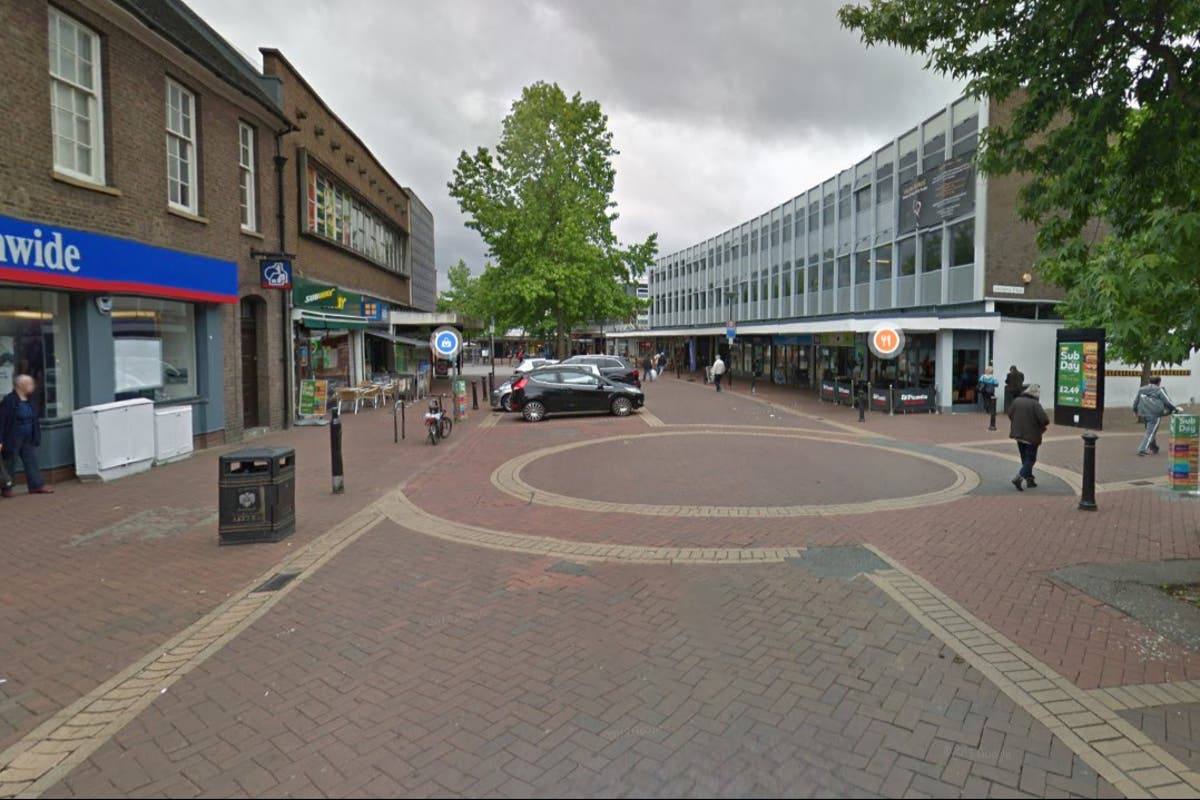A leading Anglo-Saxon expert challenges the long-held belief that the Sutton Hoo burial mounds housed lavishly-buried kings. Instead, a new theory proposes the site may be the resting place of British soldiers who fought for the Byzantine Empire in the 6th century. This reinterpretation stems from recent analysis of the burial artifacts, including a substantial oak burial ship and Byzantine-era items.
The site, unearthed in the 1930s, contained a remarkable 27-meter oak ship and a trove of artifacts, including silverware and luxurious textiles. Dr. Helen Dittos, a medieval history professor at Oxford University, argued that these treasures, while impressive, don't necessarily signify royalty. "We should be willing to consider that these weren't men dressed up as Roman soldiers," she stated, "but Roman soldiers nonetheless."
Evidence suggests a Byzantine recruitment drive in 575 AD, encompassing men from across Europe, including Britain. The Byzantines were actively seeking soldiers to combat the Sasanian Empire. Historical accounts and military manuals describe Britons as skilled woodland fighters, and evidence indicates Emperor Justinian's support for these recruits.
Dittos’s research, published in the English Historical Review, posits that the warriors' status might have risen considerably due to the war efforts, paralleling similar developments as depicted in the epic poem Beowulf. The acquired glory, in turn, could have resulted in prestigious burial honors.
The study extends beyond Sutton Hoo, examining other sites with similar artifacts from areas around modern-day Syria. While the traditional interpretation suggests Sutton Hoo could have been the grave of a king like Raedwald of East Anglia, alternative theories remain under investigation. Sue Brunning, a British Museum curator, acknowledged the impressive nature of the artifacts and their wide-ranging origins, pointing to the potential for a significant Anglo-Saxon ruler to be buried there.







